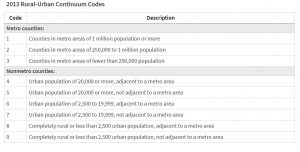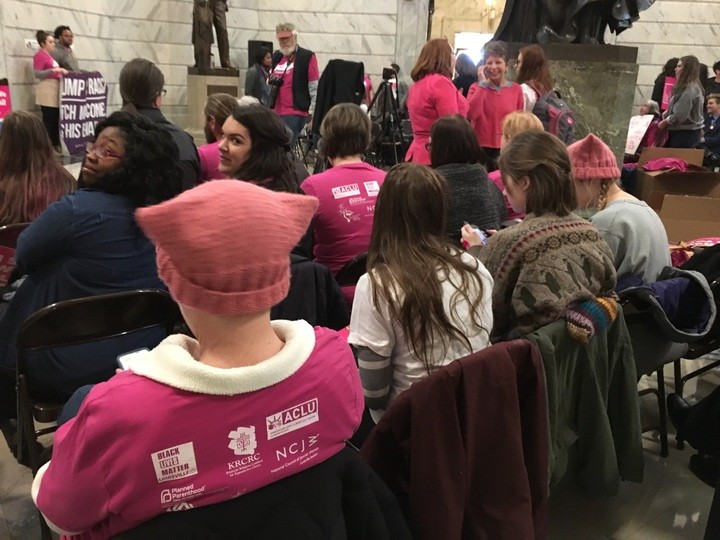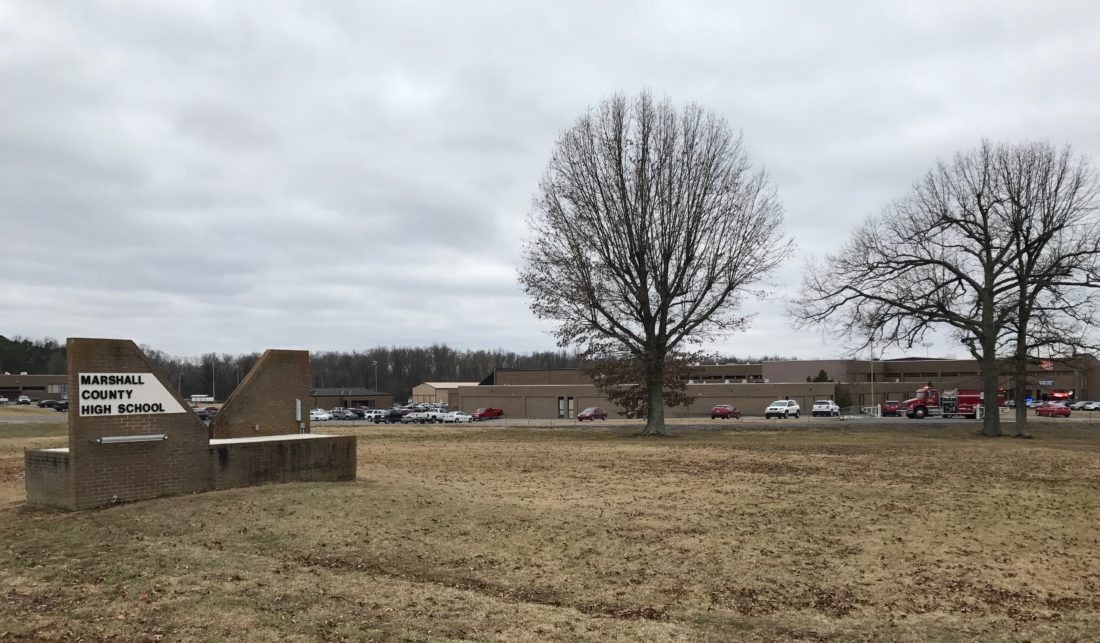Rural African-Americans, Hispanics, Native Americans and Appalachians are the most likely to be overlooked in the 2020 census. One reason is lack of internet connectivity.
Researchers at the Carsey School of Public Policy at the University of New Hampshire have identified numerous steps the Census Bureau can take to improving census collection in rural areas.
“It is important that rural scholars, rural leaders, and rural advocates monitor Census Bureau funding and Census planning over the next two years to make sure there are adequate resources for a complete and accurate count of all rural residents in the next U.S. decennial Census,” wrote demographer William O’Hare.
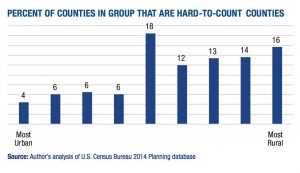
O’Hare’s warning is based on likely limits to budgets for Census operations and a change in methodology. The Census will rely more on the internet for data collection. Since rural residents trail in internet connectivity, with 21 percent of rural homes lacking service compared with 13 percent of urban residents, response rates from rural areas could be under-represented.
The rural regions with the most at risk, and the least likely to have internet service, are African-Americans communities in the South, Hispanics in the Southwest, and Native Americans living near tribal lands and reservations. Low participation rates are also expected in “deep Appalachia” and among migrant farmworker families. O’Hare said that approximately 40% of impoverished rural people in these regions have no internet access.
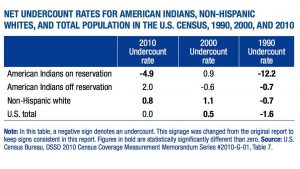
“Undercounted communities do not receive their fair share of public funds for things like schools, hospitals, day care centers, and roads. Rural communities that are already struggling economically can ill afford to lose federal money because they are not fully counted in the Census,” O’Hare stated.
Examples of the important uses of Census data include:
- Allocation of political power through reapportionment of seats in Congress and drawing of new legislative districts
- Distribution of federal funds through funding formulas
- Civil rights enforcement through fair housing laws, the Voting Rights Act, and other legislation
- Business site selection when companies are deciding where to expand
- Population estimates and projections derived from Census counts
- Weights for sample surveys
- Setting the threshold from which statisticians derive rates (e.g., poverty rates, high school graduation rates, crime rates, etc.)
- Community planning for schools and hospitals
- Economic and social science research
O’Hare reports that the challenges with collecting rural data are not new. Rural counties represent 79 percent of “hard-to-count” counties, but represent only 29 percent of the category’s population. Only 4 percent of urban counties are hard-to-count, while 16 percent of rural counties have the classification.
“Generally, rural residents are less likely than urban residents to live in areas that will be the most difficult to enumerate in the 2020 Census, but some groups and some places in rural America will nevertheless be very difficult to enumerate accurately. Special attention is needed for populations and places,” O’Hare concluded in the brief.
